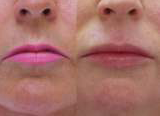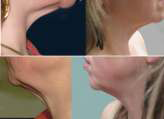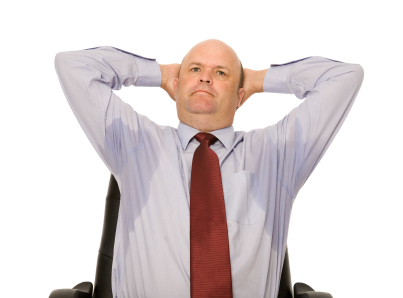The Three D’s Of Aging
As we get older, the natural aging process results in less collagen, elastin and hyaluronic acid production due to declining hormones, stress, and environmental influences and oxidative damage to the skin cells. Hormonal imbalances (androgen excess) in the perimenopausal years may lead to excess sebum production with acne breakouts, dark facial hair (hirsuitism) and even thinning of the scalp.

Which twin is the smoker? To view the myriad ways that smoking accelerates the aging process, see
Ways-Smoking-Affects-Looks *Individual Effects Will Vary
Deterioration:
- Thinning, dry skin with fine lines and wrinkles.
- Uneven brown pigmentation, texture changes such as coarse pores.
- Accelerated by sun tanning, stress, and exposure to toxins such as cigarette smoke. Some lines are the direct result of habitual expressions, (frowning, squinting, scowling, wrinkling the nose, pursing the lips) and are known as dynamic lines.
These are best addressed by the use of muscle relaxing agents such as Botox CosmeticTM
Deflation
- Shrinkage of the deep fat compartments in the mid face and temples.
Descent
Sagging of the face and neck, which manifests in deep folds, jowls and loose neck tissue.
This is best addressed by the use of volumizing fillers such as Juvederm, Radiesse and Sculptra
(see: “SoftLift”-Voluma, Radiesse – The V -Effect, and Sculptra).
In later years., the shrinkage of the deep supportive fat compartments is compounded by muscle atrophy and bone resorption, especially around the eye sockets and the upper jawline (maxilla), appearing as deep hollows around the eyes and flattening and lengthening of the skin between the nose and upper lip, which can lead to inversion and a virtual disappearance of the lips.
These signs can be tricky to address, but sometimes the use of autologous Platelet-Rich Fibrin Matrix (Selphyl) can be used to thicken the infraorbital skin, minimising hollows. Prudent use of hyaluronic acid fillers such as Juvederm can reconstruct lips.





 Excessive underarm sweating or clammy hands. Botox injections offer a practical, non-invasive alternative to surgical thoracic sympathectomy or excision of axillary sweat glands. Botulinus toxin interferes with the release of acetylcholine from the nerve terminal, thus interrupting the sympathetic nerve signal to the eccrine (sweat) gland. In studies, 95% of participants have had an average reduction in sweating of 83%.The average duration of relief is 7 months, in 30% of patients, the effect will last longer than a year.
Excessive underarm sweating or clammy hands. Botox injections offer a practical, non-invasive alternative to surgical thoracic sympathectomy or excision of axillary sweat glands. Botulinus toxin interferes with the release of acetylcholine from the nerve terminal, thus interrupting the sympathetic nerve signal to the eccrine (sweat) gland. In studies, 95% of participants have had an average reduction in sweating of 83%.The average duration of relief is 7 months, in 30% of patients, the effect will last longer than a year.